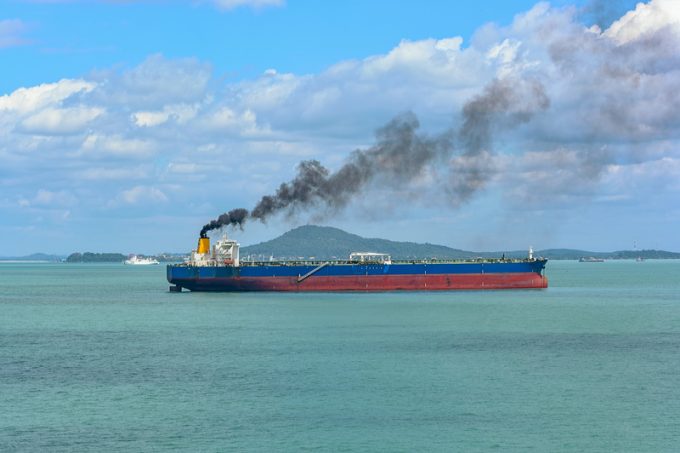Navigating tariffs: 'like trying to solve a Rubik's cube while colour-blind'
Logistics providers tasked with ‘providing clarity’ to customers have a near-impossible task when they themselves ...

Emissions are expected to increase significantly as shipping lines avoid the Suez Canal and their vessels take the long route around southern Africa.
The route will add some 3,000 nautical miles and five days to each voyage, with additional fuel consumption that could be more than 1,000 tonnes for some vessels – a situation is not favourable for ship emissions, with 3.15 tonnes of CO2 emitted for each tonne of fuel burned.
Using a more conservative estimate as the basis of his ...
Maersk Air Cargo sees volumes fall as it aims for 'margin in favour of revenue'
Keep our news independent, by supporting The Loadstar
Container spot rates diverge: to Europe still falling, but firmer to the US
Hapag-Lloyd won't take bookings if port congestion leaves cargo stranded
Ecommerce likely the front-runner in resurge of transpacific trade after deal
Airfreight players eye new routes as demand on the transpacific nosedives
China-US trade tariff pause could drive a rebound for transpacific rates
Service chaos from trade ban with India a problem for Pakistan shippers
Airfreight rates ex-China 'loss-making', but hopes of a trade deal stay high
Indian coastal freight attracts major carriers, but regional tension disrupts
Serious threat to jobs in US logistics as tariffs cause economic 'stagflation'
APMM floats along on 'solid' Q1 profitability in Ocean, well prepared for choppy water

Comment on this article